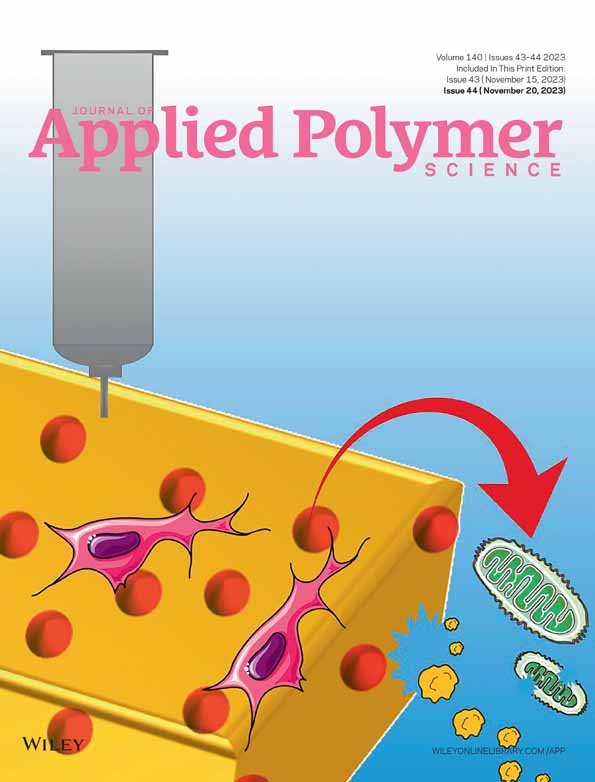Preparation of graphene oxide enhanced magnetic composite hydrogels by one-pot method for selective adsorption
Abstract
Magnetic composite hydrogels exhibit promising prospects for diverse applications, but their mechanical properties impose limitations on their further advancement. In this study, a novel approach is proposed to directly prepare magnetic composite hydrogels utilizing nanoferroferric oxide, aiming to replace the existing preparation method. Meanwhile, graphene oxide (GO) is introduced into magnetic composite hydrogels to enhance their mechanical characteristics. By employing ammonium citrate (AC) as a dispersant, the dispersion of ferroferric oxide magnetic nanoparticles at a concentration of 40 mg/mL is achieved, enabling their coexistence with GO for the preparation of magnetic composite hydrogels. Notably, the incorporation of 3 mg/mL GO and 40 mg/mL magnetic nanoparticles in polyacrylamide (PAM) hydrogel yields remarkable improvements in maximum stress and strain, reaching 148 kPa and 496%, respectively. In contrast, magnetic composite hydrogels without GO exhibit lower values of 46.5 kPa and 351%. The presence of magnetic nanoparticles imparts magnetism to the hydrogel, with higher concentrations of magnetic nanoparticles leading to increased magnetism. Moreover, the presence of AC and GO renders the hydrogels electronegative, thereby endowing them with selective adsorption capabilities. In summary, the magnetic composite hydrogels prepared by one-pot method have good mechanical properties and selective adsorption capacity, and have good application potential.
CONFLICT OF INTEREST STATEMENT
The authors declare that they have no known competing financial interests or personal relationships that could have appeared to influence the work reported in this paper.
Open Research
DATA AVAILABILITY STATEMENT
All relevant data are within the manuscript and its supplementary materials.




